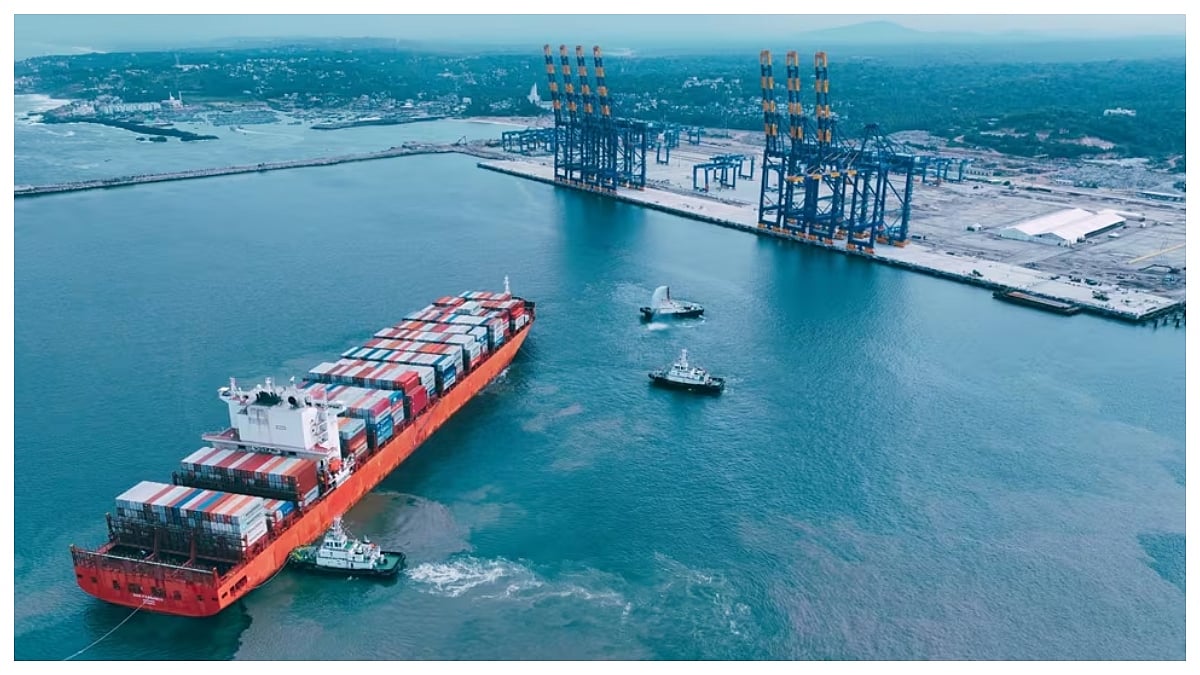There is no stemming the growing tide of misery on the economic front. Bad news continues to pile up. The way the economy is shrinking it may be hard to achieve even a modest five per cent growth. The latest is the sharp contraction in industrial output. For the second straight month in September, the Index of Industrial Production decelerated. In September, the fall was 4.3 percent, a eight-year low. Industrial output in August had crashed to a 81-month low, falling by 1.4 percent. Cumulatively, growth in this financial year stands at 1.3 percent as against 5.2 percent in 2018-19. It is hard to see how it can make up in the remaining part of this year. Key sectors witnessed major contraction. Electricity generation fell by 2.6 percent in September; mining by 8.4 percent. Of the 23 sub-sectors in manufacturing, as many as 17 recorded a year-on-year decrease. All segments in the auto sector, including auto components, dipped in September. Machinery production, electronic goods, despite some incentives, registered a fall. Above all, production of capital goods fell by 21 percent in September after a fall of 20 percent in the previous month. The pre-festival season month in the normal course ought to have seen an increase in industrial activity, especially of electronic durables. Clearly, consumer power has shrunk vastly with people having little surplus for discretionary spending. This is amply clear from the low-key Diwali which saw traders complaining of poor sales. The general mood remained downbeat. Earlier, the US ratings agency, Moody’s, had reduced India’s credit ratings from stable to negative, underlining the worsening economic situation. Even if the ruling politicians’ first instinct is to dismiss the negative outlook by a widely-recognized global agency, there is no denying the mounting economic woes of the people. When in the first quarter of 2019-20 growth fell to a six-year low of 5 percent, it was claimed that this was a one-off development and that it would improve in the July-September quarter. Now there is near unanimity that it may be hard to even achieve 5 percent growth in the second quarter of the current financial year, despite the lower base in the previous quarter. Signs of a slowdown are also reflected in the lower tax collections. Ambitious budget targets for corporation tax, income tax, customs etc., need to be vastly revised downwards given the slowing economy and poor collections thus far. For instance, corporation tax was budgeted to grow by 15 percent but in reality it has grown by a mere 0.5 percent till October this year. And given the huge reduction in the rate following the disastrous budget, it is well-nigh impossible for it to mop up the same amount as was realized in the last financial year. Income tax has seen a 5 percent increase this year so far, but remember the budget had provided for a hefty 30 percent increase. Budget targets overall, therefore, can be written off as empty dreams. According to reports, the income-tax department has approached the ministry for a reduction in the collection target by as much as one hundred lakh crore rupees (one trillion.) As of October 31, direct tax collections totalled Rs 5.2 trillion against the budgeted target of Rs 13.25 trillion. Ditto for indirect collections. Of course, all this will only worsen the overall fiscal situation.
However, despite the plethora of bad news, there is little evidence that the government is doing enough to arrest the economic slide. Successive rate cuts by the RBI have failed to revive the sentiment. Credit off-take remains sluggish. Sector after sector is in the grip of slowdown. The usual drivers of growth such as real estate, automobile, capital goods, etc., remain dormant. How the overall GDP will grow at 7 percent is not clear to anyone outside the charmed official circles. But bold action is now needed not in monetary but fiscal side. There is no escaping a second wave of serious reforms, including crucially structural reforms in land and labour sectors. Given his strong mandate, Modi should not miss the opportunity in the first year of his second five-year term to free up land and labour markets and to further ease controls in the productive sectors of the economy. The decision not to join the RCEP is in fact a reflection of the lack of preparedness of the economy to face global competition. Instead of such protectionist defences, the Government needs to prepare the economy to integrate further with the global system. Laggard economies are bound to miss the bus as others who bravely join the global stream will reap benefits of faster growth and prosperity.







